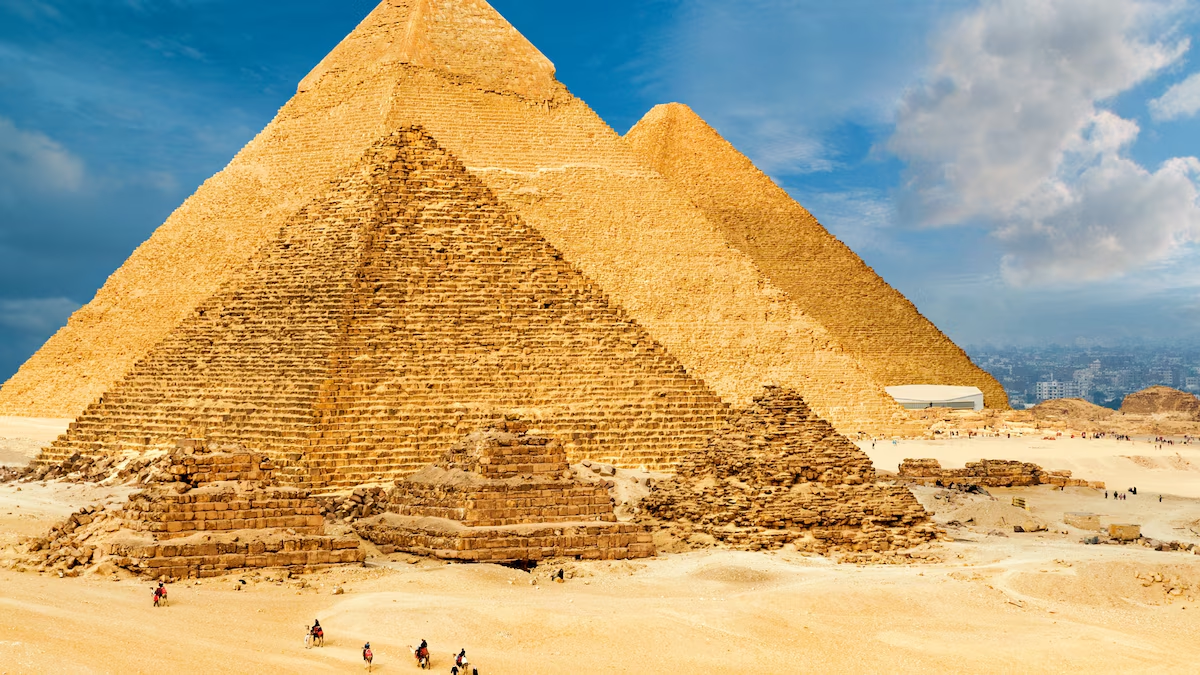Researchers have discovered over 270,000 beads in a tomb in Spain, marking the largest recorded collection of its kind.
The beads were made from shells, stones, and animal bones, and their production likely took months to complete due to the sheer quantity.
Experts believe that beaded garments may have been an indicator of social status.
Beads were not only used for bracelets but also for trade, decoration, historical record-keeping, and more. A new study published in the journal Science Advances suggests that researchers may have found the largest collection of beads ever recorded. They discovered a staggering 270,769 beads at the burial site Tholos de Montelirio, part of the Valencina archaeological site in southwestern Spain.
Most of the beads were found in a large chamber, adorning the skeletons of primarily female individuals, estimated to have been between 18 and 34 years old at the time of their deaths. Researchers also found an additional 2,000 beads scattered along a corridor leading to another chamber, and 90 beads (alongside a dagger) in the upper level of a second chamber.
The discovery of the nearly 5,000-year-old tomb, named the "Ivory Lady's Tomb", was originally made between 2010 and 2011. Since then, experts have spent the last five years meticulously studying the extensive collection. Even the cleaning and preparation of the beads for study proved to be a labor-intensive process—requiring a team of seven people and 651 hours to fully clean the delicate disc-shaped beads of all dirt and debris.
In their studies, researchers concluded that the beads were made from three different materials: marine shells, animal bones, and stone. Beads made from shells (mainly scallops) were the most abundant in the collection. Regarding the stone beads, the diversity of specimens suggests they were collected opportunistically rather than intentionally sought out. However, regardless of the material, the manufacturing process was highly intricate.
A Labor-Intensive Craft
A significant amount of labor went into creating these beads.
According to the study:
"A team of 10 individuals working 8 hours a day would have needed 206 days (almost 7 months) to produce the entire collection, using slightly less than a metric ton of marine shells."
The researchers concluded that the labor investment in crafting beaded garments was extraordinarily high.
Another researcher from the study, Marta Díaz-Guardamino, compared the effort needed to create the beaded garments to modern haute couture fashion.
"I think the efforts required to produce these beaded tunics far exceed those needed to create a red carpet haute couture outfit today," she told CNN. "It would have taken many more hours and people investing in bead production. In fact, this would have been an operation on a completely different scale, with no direct parallels in the modern world."
Beyond the scattered beads, scientists observed that the beaded objects were arranged in three main styles: tunics, skirts, and undefined shapes. The study suggests that the way each woman was dressed for burial may have indicated her status.
For example, the researchers identified one individual, UE343—a woman estimated to have been 24 to 32 years old at the time of her death—as "a very special person," since she was buried wearing a beaded tunic and placed in a prominent position within the tomb.
"These women likely held religious and possibly political leadership roles in their time," researcher Samuel Ramírez-Cruzado told LiveScience. "They managed a renowned sanctuary around which significant gatherings of great social importance took place."
Was Valencina a Matriarchal Society?
Looking ahead, Leonardo García Sanjuán, the study’s lead researcher, expressed his desire to investigate whether Valencina society, which produced these exquisite beads, was matriarchal.
"Matriarchy has been a highly controversial concept in history and anthropology," García Sanjuán told CNN. "But I’m now quite eager to confront it head-on because I don’t think it’s a coincidence that we repeatedly see cases from this era—between 2900 and 2600 BCE—of these great, very, very high-status, powerful women."




































